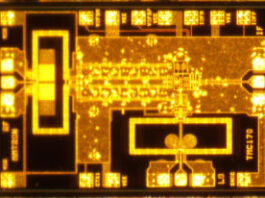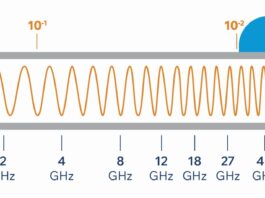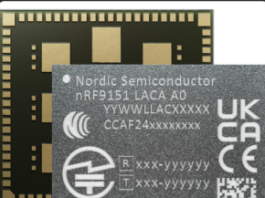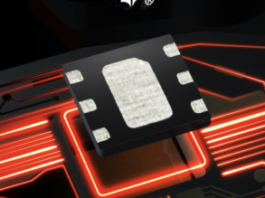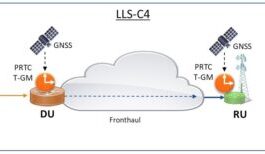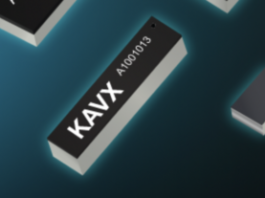
The RW612 and K32W148 from NXP add processors to bring application processing on-chip, reducing complexity through fewer parts and using less board space in smart home devices.
Everything is too big. That’s one of the constant challenges of being a design engineer. Any board space that you can save lets you add other components or shrink the size of the final product. That’s why semiconductor manufacturers constantly integrate more functions into their devices.

The NXP RW612 adds an application processor to the triple-radio MCU.
That’s what the engineers at NXP did with the RW612 tri-radio and K32W148 multiprotocol MCU. The company added a third processor, which makes the RW612 the successor to the IW612, which was introduced in late 2021. The integration of a third processor means you don’t need to add a separate application processor to your design. “Your entire development can take place in a single chip,” said NXP’s to EE World.
The RW612 supports Wi-Fi 6, Bluetooth LE 5.3 (IW612 supports BLE 5.2), and IEEE 802.15.4. Now with three subsystems, the RW612 can dedicate one each for controlling the radio (Wi-Fi and BT/802.15.4). The third processor is an MCU core to run user applications. It supports the Thread Protocol and can run applications using the Matter Protocol for smart home devices through 802.15.4.
The application processor is a 32-bit, 266 MHz Arm Cortex M33 core with 1.2 MB of on-chip SRAM. In addition, the RW612 has on-chip power management, which lets it run from a single 3.3 V power supply. On-chip I/O includes SDIO 3.0, I²S/PCM, USB 2.0, analog audio for speakers and microphones, and an LCD interface (see diagram).
In addition, the RW612 includes NXP’s Edgelock subsystem, which adds secure boot, over-the-air security updates, and other security protocols that Matter requires.

In a hosted application PHY MAC packets pass through the RW612, reliving the host processor of communications processing.
The RW612 can operate in hosted or hostless applications. In hosted applications, you can use the RW612 to offload protocol stacks from the host, letting it focus on other uses. That lets the RW612 handle radio operations even while the host processor sleeps. In the diagram, Thread packets pass through the RW612 and back to the host.
In addition to the RW612, NXP has released the K32W148 multiprotocol MCU for Matter. It’s targeted at IoT sensor applications and is an upgrade from NXP’s K320 MCU. Upgrades include a three-core architecture.

The NXP K32W148 brings enhancements to previous multiprotocol MCUs through an added processor.
Using a 96 MHz Arm Cortex M33 core as the application processor, the K32W148 is also a three-core chip for Bluetooth/802.15.4, security, and user applications. The three cores let the chip separate the main core from the radio and security cores. This radio design creates a more flexible MCU that the previous generation. You can upgrade MAC PHY because it’s embedded in flash, meaning you can make firmware upgrades by downloading updates and implementing them through an SDK. The K32W148 also manages Bluetooth and 802.15.4 radios at the same time. Security support is like the RW612, which lets it comply with Matter security protocols.

